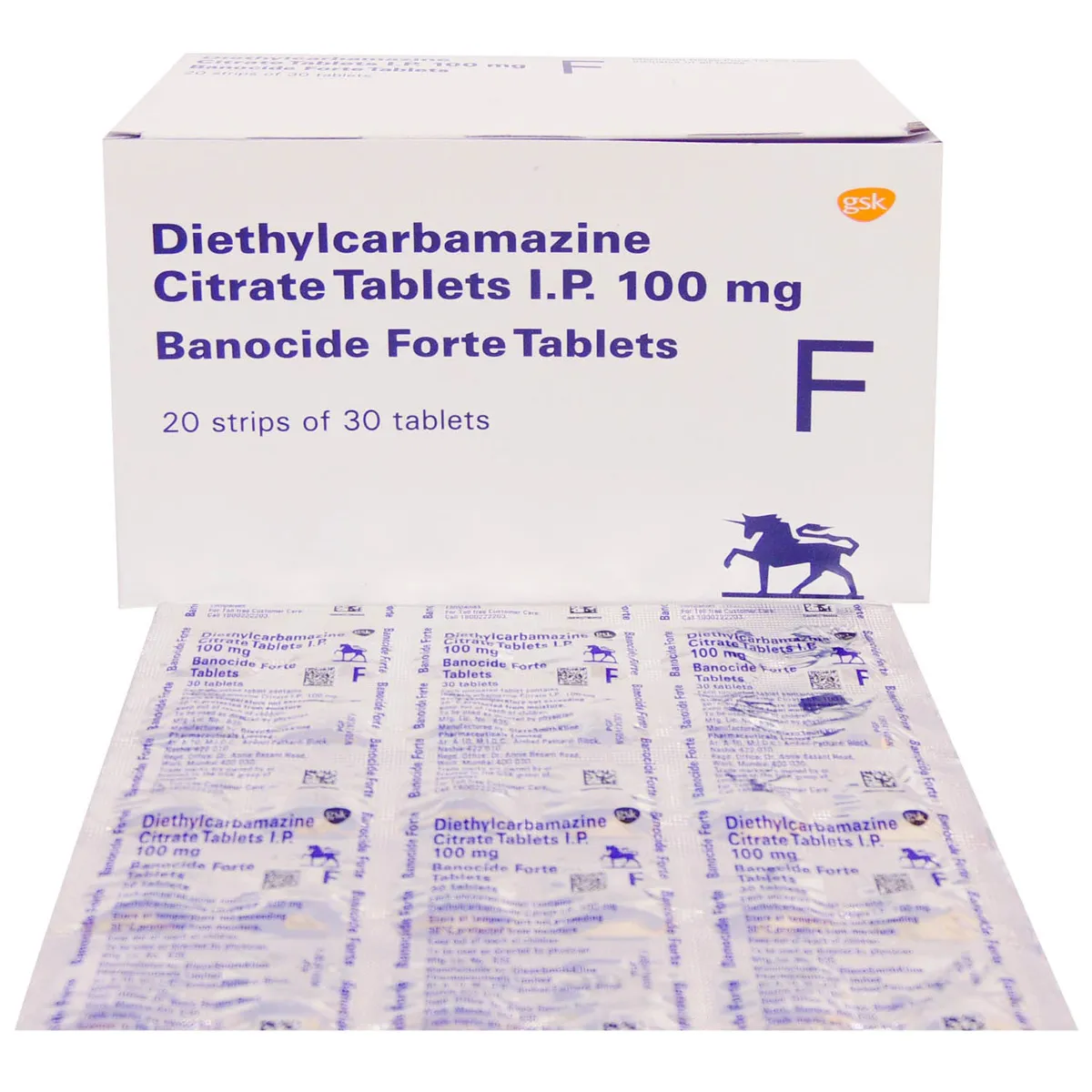Septum rhinoplasty is a surgical procedure sought for functional and cosmetic reasons. A smooth recovery is paramount whether you’re considering deviated septum surgery that hinders your breathing or enhances your nose’s aesthetics. Six practical tips to ensure a comfortable and successful recovery after septum rhinoplasty. We’ve got you covered, from managing post-operative discomfort to maintaining optimal nasal hygiene.
What Is Septum Rhinoplasty?
Septum rhinoplasty is a surgical procedure that focuses on reshaping or straightening the nasal septum, the partition between the nostrils. It may be performed to correct a deviated septum, which can obstruct airflow and cause breathing difficulties, or as part of a cosmetic enhancement. Practical tips for a smooth septum rhinoplasty recovery, ensuring you have the knowledge and tools to optimise your healing process.
1. Follow Your Surgeon’s Instructions:
Following your surgeon’s instructions, post-septum rhinoplasty is essential and a cornerstone of a successful recovery. Your surgeon’s guidance is based on their experience and expertise, tailored specifically to your procedure. These instructions may cover various aspects, such as wound care, medication schedules, activity limitations, and follow-up appointments. Adhering to these recommendations ensures your healing process progresses as smoothly as possible. If you experience any unexpected symptoms or have concerns, don’t hesitate to ask for guidance. Your surgeon is your partner in the recovery and can provide the reassurance and answers you need to navigate the post-operative phase confidently.
2. Manage Pain and Discomfort:
Pain and discomfort are common after septum rhinoplasty, but they can be managed effectively with the prescribed pain medications. It’s important to understand that taking these medications as directed is not just about pain relief but also about supporting your recovery. Pain can cause stress on the body, hinder sleep, and slow down the healing process. By staying ahead of the pain with the medications recommended by your surgeon, you can maintain your comfort and promote more efficient recovery. Applying cold compresses to the surgical area can be immensely helpful. These compresses help reduce swelling and alleviate discomfort. However, using them as your surgeon directs is crucial, as excessive cold application can have adverse effects.
3. Maintain Nasal Hygiene:
Proper nasal hygiene is a fundamental aspect of septum rhinoplasty recovery. Your surgeon may recommend saline nasal sprays or irrigation solutions to keep the nasal passages clean and moist. This serves multiple purposes, including preventing the formation of crusts, reducing congestion, and promoting optimal healing. Consistency is key when it comes to nasal hygiene. You should use the recommended products regularly and as directed. Deviating from the prescribed routine can lead to discomfort, congestion, or potential complications. By incorporating nasal hygiene into your daily post-operative care, you actively contribute to a smoother and more comfortable recovery.
4. Stay Well-Hydrated:
Hydration is a cornerstone of overall health and plays a significant role in recovery. Drinking adequate water supports tissue regeneration and maintains the body’s vital functions. However, it’s important to be mindful of how you hydrate during the initial recovery period. Avoid using straws during this time, as the sucking motion can put undue stress on the surgical area. Instead, opt for drinking directly from a glass or bottle. Staying well-hydrated ensures your body has the resources to heal effectively and efficiently.
5. Elevate Your Head While Resting:
Elevating your head while resting or sleeping is a simple yet effective way to reduce post-operative swelling and enhance comfort. Using extra pillows to prop yourself up at a comfortable angle encourages proper drainage of fluids from the surgical area. This reduces the likelihood of excessive swelling, leading to discomfort and prolonged recovery. The ideal angle for head elevation may vary from person to person, so it’s a good idea to follow your surgeon’s specific recommendations. This simple practice can significantly impact your recovery’s overall comfort and success.
6. Plan for Adequate Rest and Recovery Time:
Planning for adequate rest and recovery time is critical to post-septum rhinoplasty care. Many individuals underestimate the importance of this phase, but it’s during this time that your body heals and regenerates tissue. Rushing back to work or engaging in strenuous activities too soon can compromise your recovery and potentially lead to complications. Your surgeon will provide guidance on the duration of rest and activity limitations that are appropriate for your specific procedure. Following these recommendations is essential in allowing your body the time it needs to heal. By prioritising rest and recovery, you set the foundation for a successful outcome and a smoother transition back to your regular routine.
Conclusion:
Septum rhinoplasty can provide significant functional and aesthetic benefits, but a successful outcome hinges on a smooth and well-managed recovery. You can optimise your healing process by following your surgeon’s instructions, managing pain and discomfort, maintaining nasal hygiene, staying hydrated, elevating your head while resting, and planning for adequate rest and recovery time.
If you’re considering septum rhinoplasty or have recently undergone the procedure, it’s essential to consult with a reputable and experienced surgeon. Rhinoplasty LDN is a leading provider of septum rhinoplasty and cosmetic surgery in London. To learn more about their services and schedule a consultation, visit their website and take the first step toward achieving your desired results with confidence.









